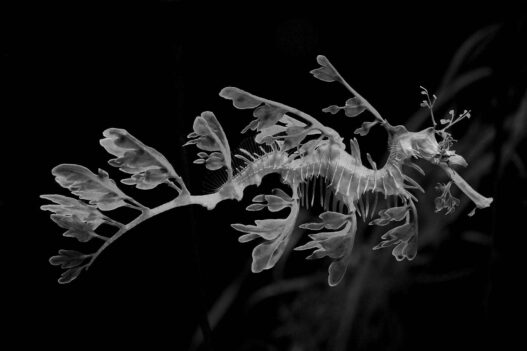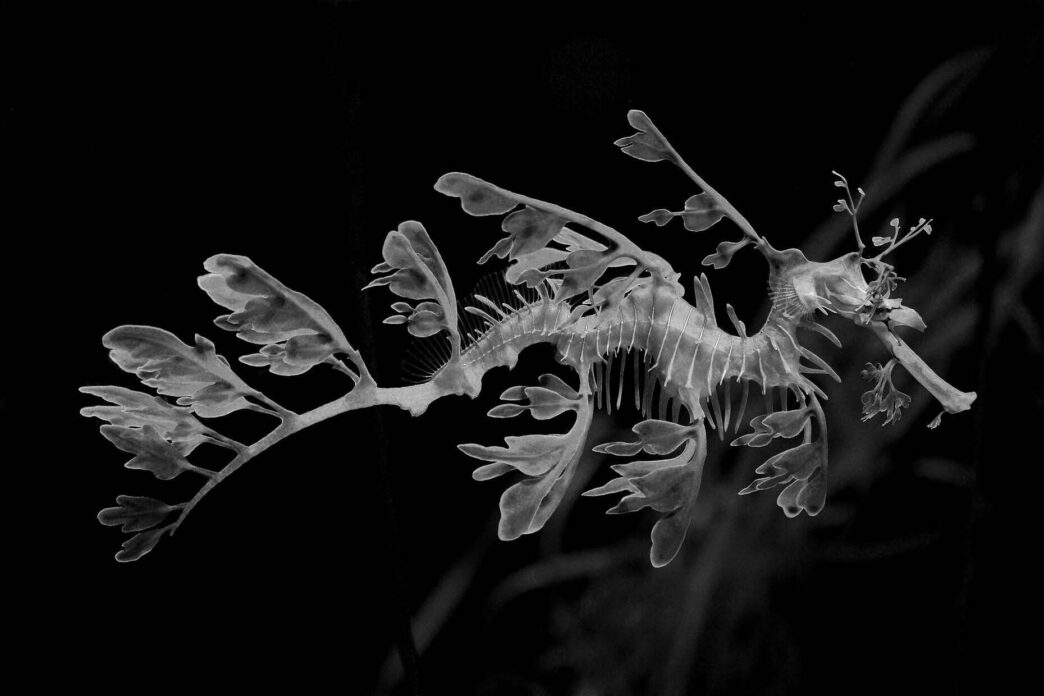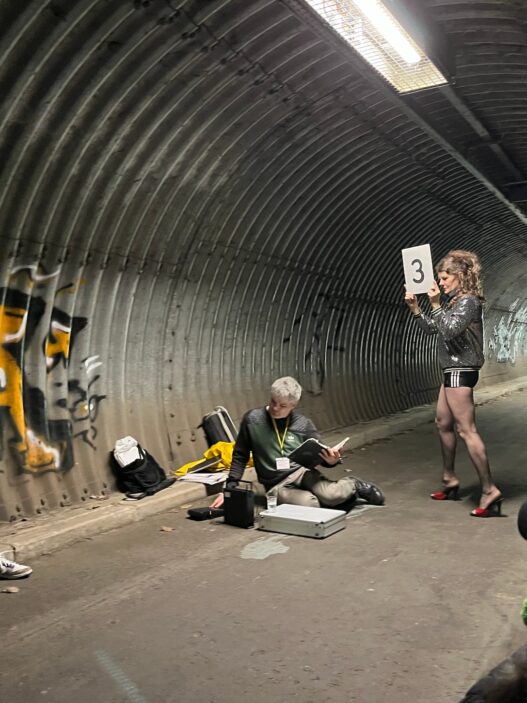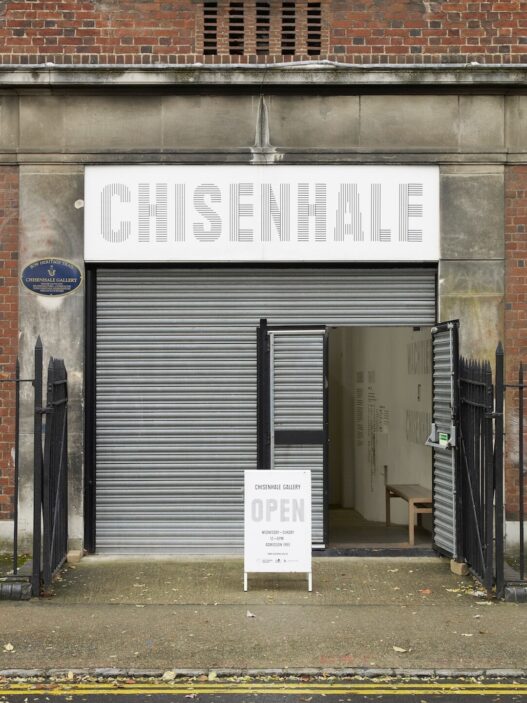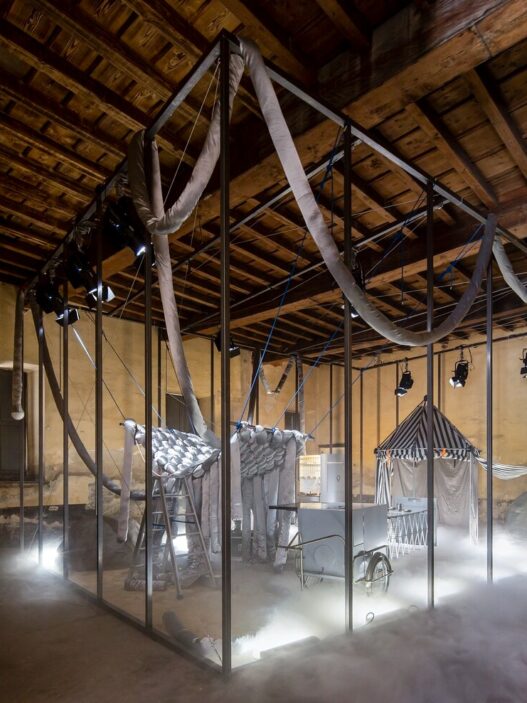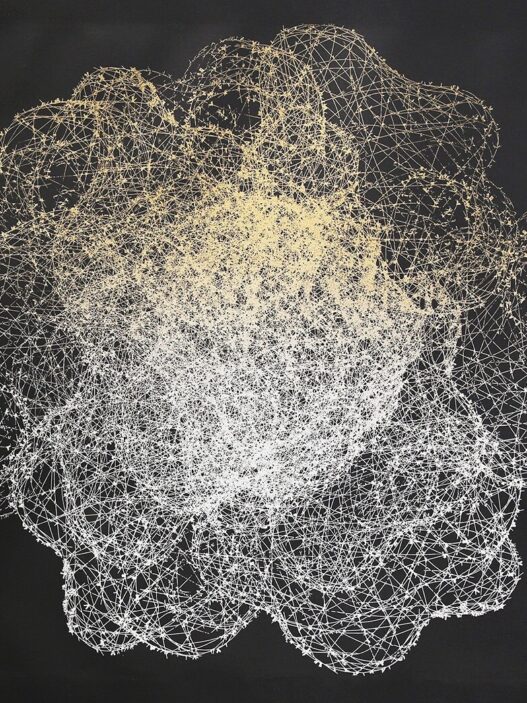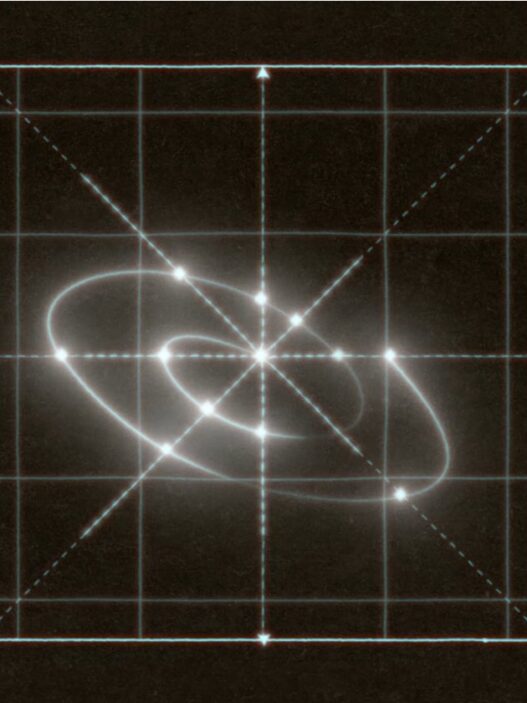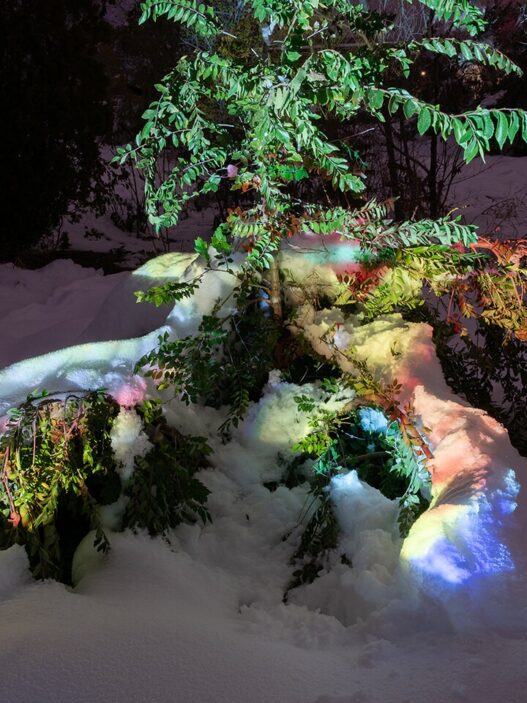Andrea Blum
BIOTA
September 4–October 26, 2024
Andrea Blum public lecture: October 9, 7pm, 2nd Floor Flexspace
Andrea Blum, a distinguished figure at the intersection of art, design, and architecture, presents her newest exhibition, BIOTA, from September 4 to October 26, 2024, at Hunter College Art Galleries. Known for her four decades of pioneering public artworks, Blum’s current focus shifts towards the natural world and the connections between humans and non-humans. BIOTA is a collection of works from 2008–2024, including sculpture, installations, drawings, and video art, all of which examine the symbiotic relationships between organic life and human society.
Blum’s work in BIOTA seeks to deepen viewers’ understanding of the constructed barriers between nature and human experience. The title, BIOTA, which refers to all living organisms in a specific ecosystem, reflects the artist’s examination of how we perceive and engage with the natural world. This exhibition continues Blum’s exploration of physical and emotional distances—placing humans in close proximity yet preventing touch, a familiar tension present in her prior projects.
Blum’s Long-Standing Influence and Contributions to Art
Andrea Blum has a well-established career, having created public artworks in cities across the United States and Europe. From designing plazas and parks to crafting sculptural sets for opera houses, Blum’s creative scope is vast. Her ability to alter familiar public spaces and influence viewer interactions with their surroundings has been central to her practice. Blum’s public installations often create an awareness of the spatial relationships between individuals, emphasizing autonomy alongside an undercurrent of longing for human connection.
In BIOTA, Blum integrates themes of ecological and psychological entanglements, placing human and non-human subjects in close dialogue. The exhibition showcases furniture-like objects for observing animals, evoking parallels between human and animal desires, and a series of detailed drawings mimicking organic matter. These pieces evoke a sense of intimacy while underlining the tension between physical presence and emotional distance.
Themes of Interspecies Observation and Environmental Connection
Blum’s BIOTA focuses on how humans interact with and observe nature. The use of video installations in the exhibit reveals the ways in which human emotions and desires can mirror those of the animal world. Through shifts in scale and perspective, the pieces challenge viewers to rethink how they perceive their environment and their role within it.
Regular live performances will also take place within the exhibition space, offering an interactive experience. These performances are designed to highlight the blurred boundaries between living and inanimate objects, deepening the connection between humans and nature. This ongoing theme underscores Blum’s dedication to exploring human emotions, environmental awareness, and social boundaries.
An Artist with Global Influence
Andrea Blum’s impact on the art world is widely recognized. Her sculptures and installations have been exhibited in prestigious institutions such as the Museum of Modern Art (New York), the Centre Pompidou (Paris), and the National Museum of Women in the Arts (Washington, D.C.). With BIOTA, she invites audiences to engage with the natural world in novel and thought-provoking ways, merging art, architecture, and human interaction.
In conjunction with the exhibition, a public lecture by Blum will take place on October 9, 2024. This event will offer further insight into her creative process and the ideas that fuel her innovative work.
A fully illustrated monograph detailing Blum’s career, from the 1970s to the present, will be published in early 2025. It will feature contributions from leading art critics, including Catherine Grout, Jenny Jaskey, and Sarah Oppenheimer.
Hunter College
Hunter College MFA Campus
205 Hudson Street
New York, New York 10013
United States









